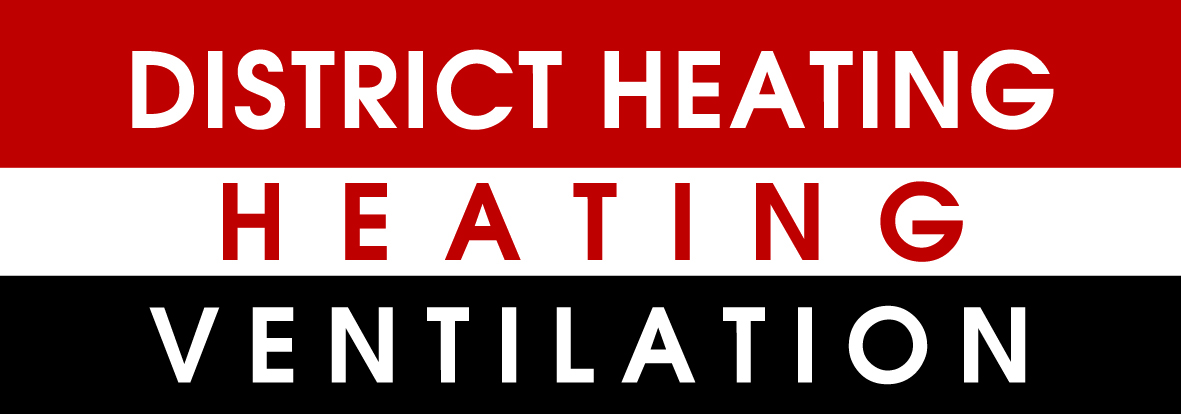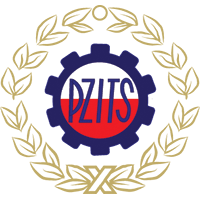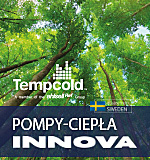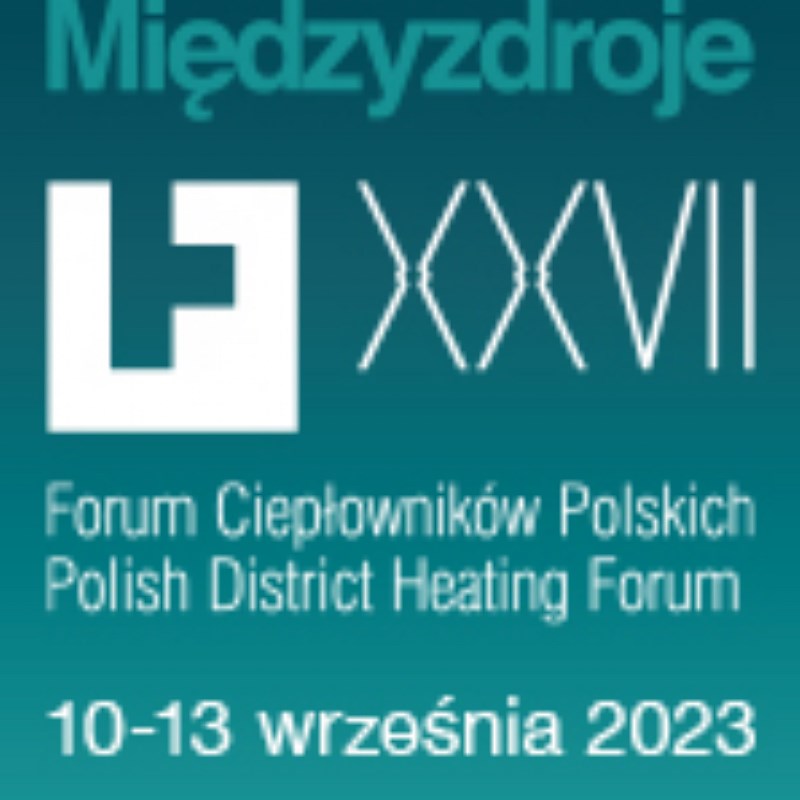Nadesłane artykuły są recenzowane z uwzględnieniem następujących kryteriów:
1. Having qualified scientific article as consistent with the profile of the magazine, the Editor-in-Chief after any consultation with the editors of the Thematic Editors selects two independent reviewers from outside of the research unit, affiliated by the author of the publication. Reviewer’s choice is made from recognized authorities in the field, and the chosen reviewer must guarantee: – independence of opinion, – no conflict of interest, expressed in particular by the lack of direct personal or business relationships with the author of the article, or direct scientific cooperation in the past two years, preceding the year of preparation reviews – confidentiality as to the substantive content of materials and comments about them. To evaluate the articles in a foreign language, at least one of the appointed Reviewers must be affiliated to a scientific institution or foreign institution other than the author’s work.
2. Układ, tj. czy artykuł prezentuje logiczny układ treści i jasność wywodu i czy zachowany jest preferowany układ przekazywanych treści, tj.:
Tytuł – czy odpowiada treści artykułu,
Streszczenie – czy odzwierciedla treść artykułu,
Wprowadzenie – czy opisuje co autor zamierzał osiągnąć i jasno przedstawiające zagadnienia poruszane w artykule (wprowadzenie może zawierać przegląd literatury dotyczącej danego tematu, opis eksperymentu, hipotezy, ogólny plan eksperymentu lub stosowanych metod),
Metody badań – dokładne wyjaśnienia w jaki sposób otrzymano wyniki. Pod uwagę brane jest również: czy metody badań są odpowiednio dobrane, czy są dokładnie opisane (jeśli metody są nowe), czy Autor wystarczająco dokładnie opisał sposób wykonywania badań/pomiarów,
Wyniki – czy Autor w logiczny i jasny sposób wyjaśnia co stwierdził w wyniku przeprowadzonych badań, czy dokonał prawidłowej analizy wyników,
Podsumowanie/Wnioski – czy zamieszczone stwierdzenia/wnioski są poparte wynikami badań, czy Autor wykazał jak wyniki odnoszą się do oczekiwań i wcześniejszych badań, czy wyniki badań potwierdzają czy zaprzeczają wcześniejszym teoriom,
Rysunki i tabele: czy zamieszczone rysunki i tabele jasno ilustrują wyniki badań i czy są zrozumiałe dla czytelnika, czy stanowią istotną ilustrację treści artykułu.
3. Wcześniejsze badania – jeżeli artykuł zawiera wcześniejsze wyniki badań, to czy zamieszczono odpowiednie odnośniki literaturowe,
4. Zagadnienia etyczne – czy artykuł nie jest kopią innej pracy (czy nie występuje plagiat).
Procedura recenzowania
1. Having qualified scientific article as consistent with the profile of the magazine, the Editor-in-Chief after any consultation with the editors of the Thematic Editors selects two independent reviewers from outside of the research unit, affiliated by the author of the publication. Reviewer’s choice is made from recognized authorities in the field, and the chosen reviewer must guarantee: Wybór Recenzentów dokonywany jest spośród autorytetów uznanych w danej dziedzinie, przy czym wybrany Recenzent musi gwarantować: independence of opinion, no conflict of interest, expressed in particular by the lack of direct personal or business relationships with the author of the article, or direct scientific cooperation in the past two years, preceding the year of preparation reviews confidentiality as to the substantive content of materials and comments about them.
2. After selecting Reviewers, Editor-in-Chief in contact with them, defining the subject of the article (description or summary), the required scope of the review and the date of its preparation.
3. After accepting the offer by the Reviewers, Editors send to them the full text of the article requiring the review.
4. Review of an Article shall be standard “double blind review” procedure, which means that the Authors and Reviewers do not know their identities. Before sending the article to the Reviewer, the Editor makes every effort to remove from the content any information that might identify the author of the article. Editors allow other procedures of review in a justified case but the Reviewer is then obliged to sign a declaration of no conflict of interest.
5. Personal details of the Reviewers are confidential and can only be declassified at the request of the author, and with the consent of the Reviewer, especially in the case of negative review or article containing issues open to debate. At least once a year the Editors publish a full list of cooperating Reviewers. Przed wysłaniem artykułu do Recenzenta Redakcja dokłada wszelkich starań, by z treści artykułu usunąć wszelkie informacje mogące zidentyfikować Autora. Redakcja w uzasadnionych przypadkach dopuszcza inne procedury recenzji, jednakże w takim przypadku Recenzent zobowiązany jest podpisać deklarację o braku konfliktu interesów.
6. The Reviewer prepares the review free or sometimes for a fee (on a contract for work). In the former case, the Editor sends the tax and review forms together with the text of the article reviewed. The reviewer fills the tax form stating the account number where the fee can be transferred. Co najmniej raz w roku Redakcja zamieszcza w czasopiśmie pełną listę Recenzentów, z którymi współpracuje.
7. The Reviewer sends the review done in electronic form to the Editor’s e-mail address given in the correspondence or in the review form. In addition to the review form, the Reviewer may also convey its observations in the form of comments included in the electronic version of the article under review. Poza formularzem recenzji Recenzent przekazać może również swoje uwagi w formie komentarzy naniesionych w elektronicznej wersji recenzowanego artykułu.
8. Upon receipt of the reviews, Editors: can inform the Author of its receipt (for the review not requiring amendments, or in the case of the need to introduce only minor editorial changes) directs the review containing critical comments to the author who makes any amendments required in the case of comments, with which he disagrees – prepares a response to the review, directs again the article to the Reviewer after necessary changes made by the Author – if the Reviewer considers it necessary to re-review it.
9. The final decision about printing a scientific article is made by the Editor on the basis of comments made in the review and the final version of the article supplied by the Author.
10. In the case of a review disqualifying the article, Editor-in-Chief decides to reject the work or directs the article to another Reviewer.
11. Upon completion of the review and preparation of the copyright material, the Publisher shall pay any remuneration – if the Parties previously agreed any,
12. The texts of unscientific character do not require a review and are qualified for printing directly by the Editor-in-Chief.









